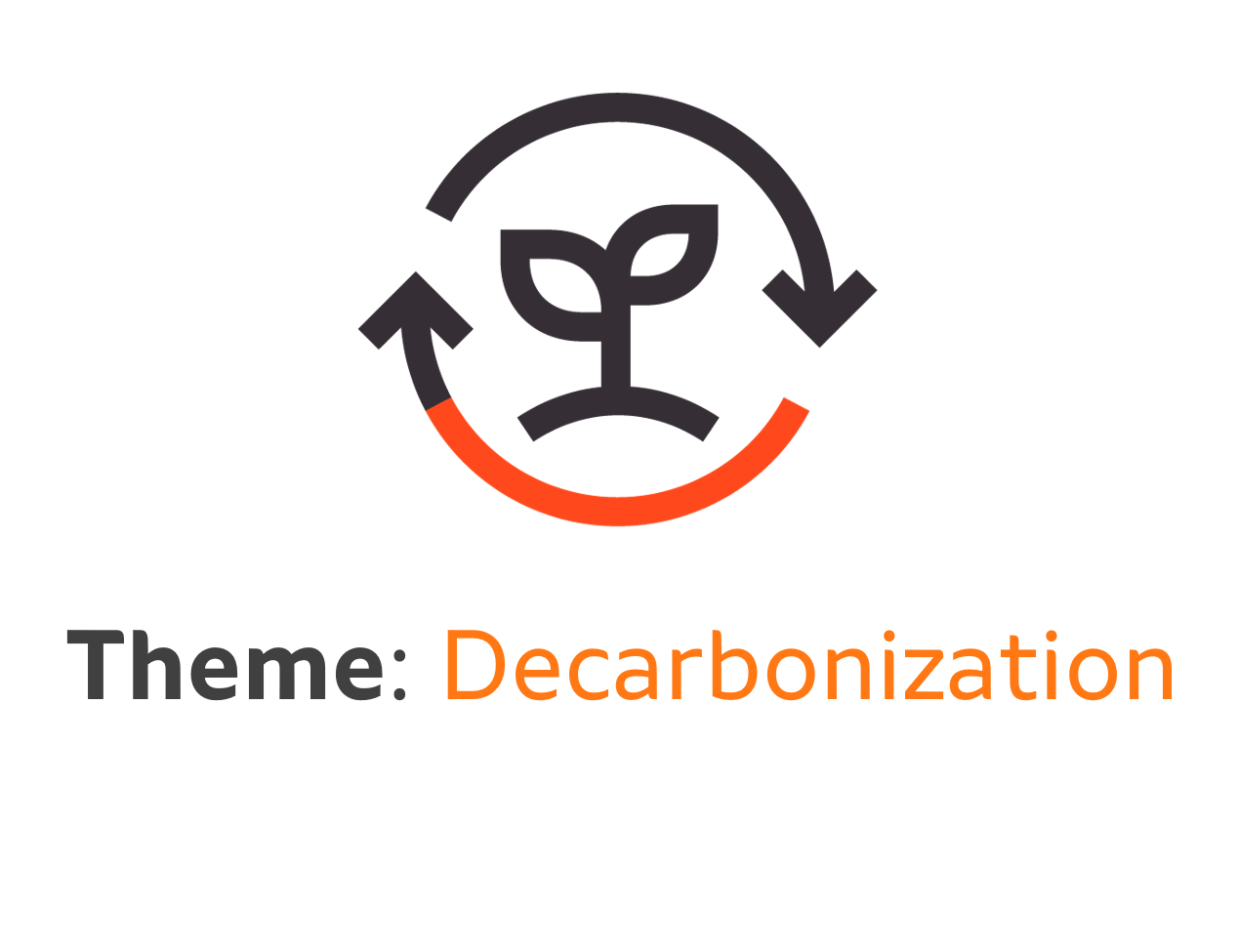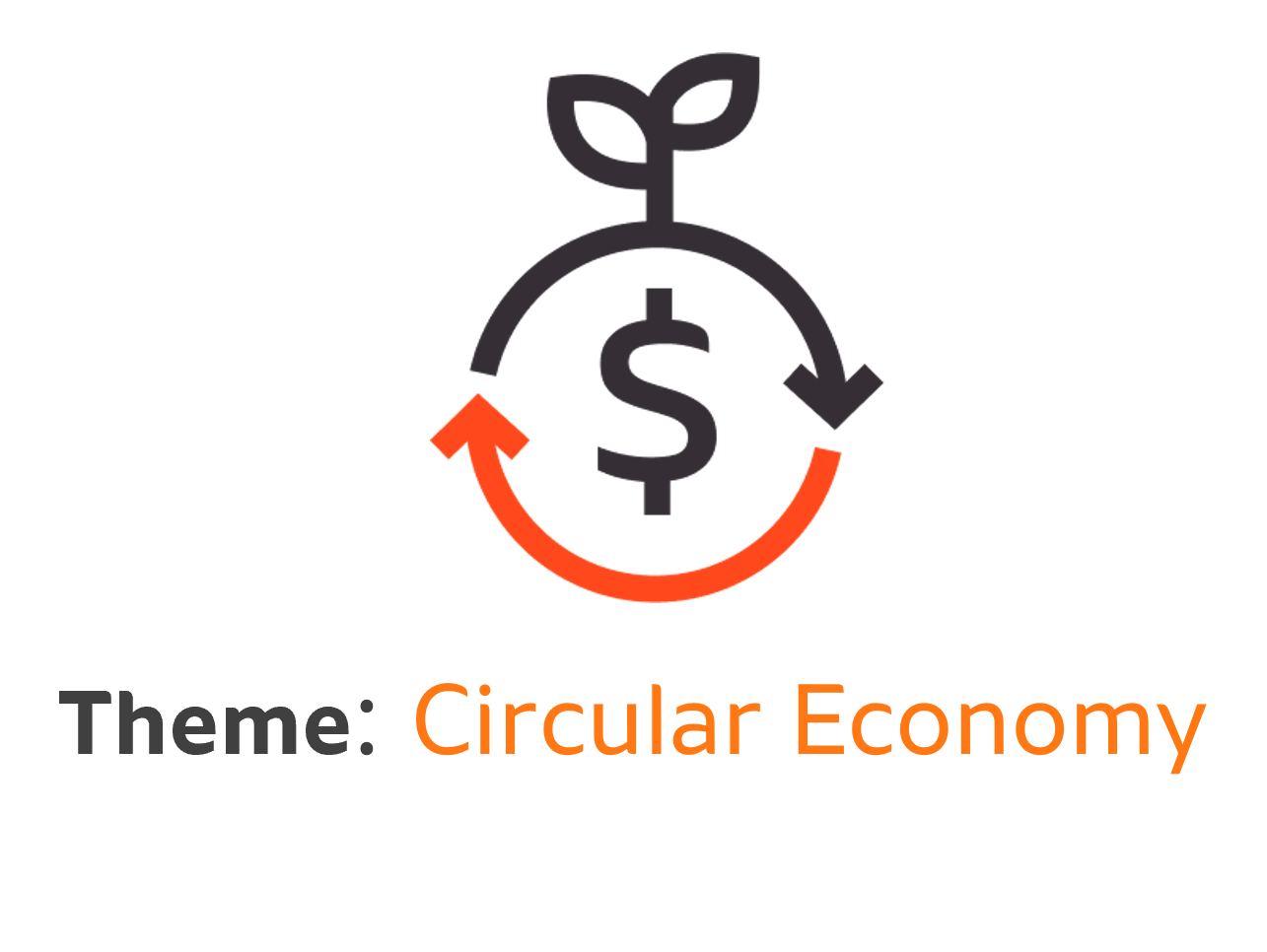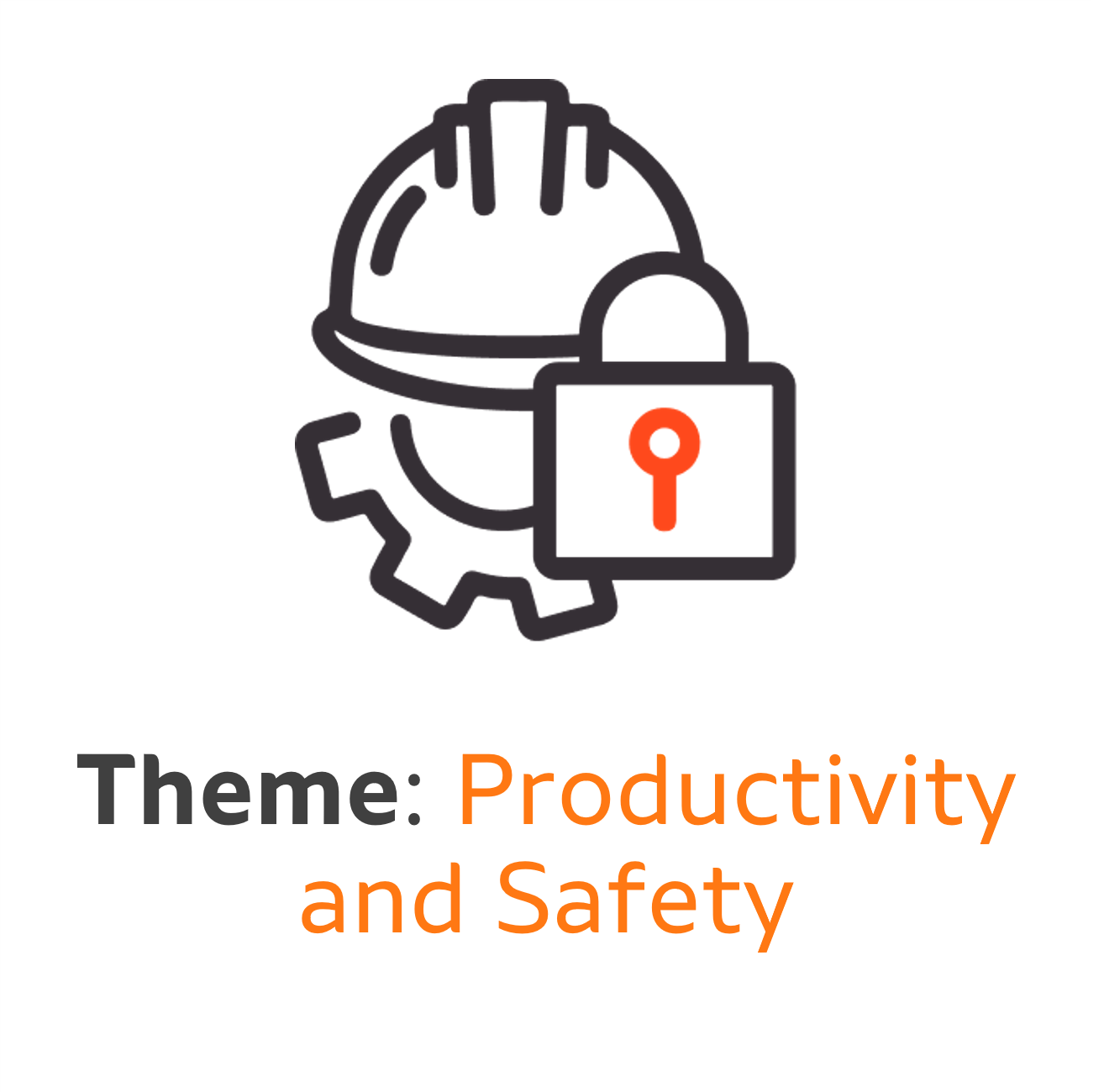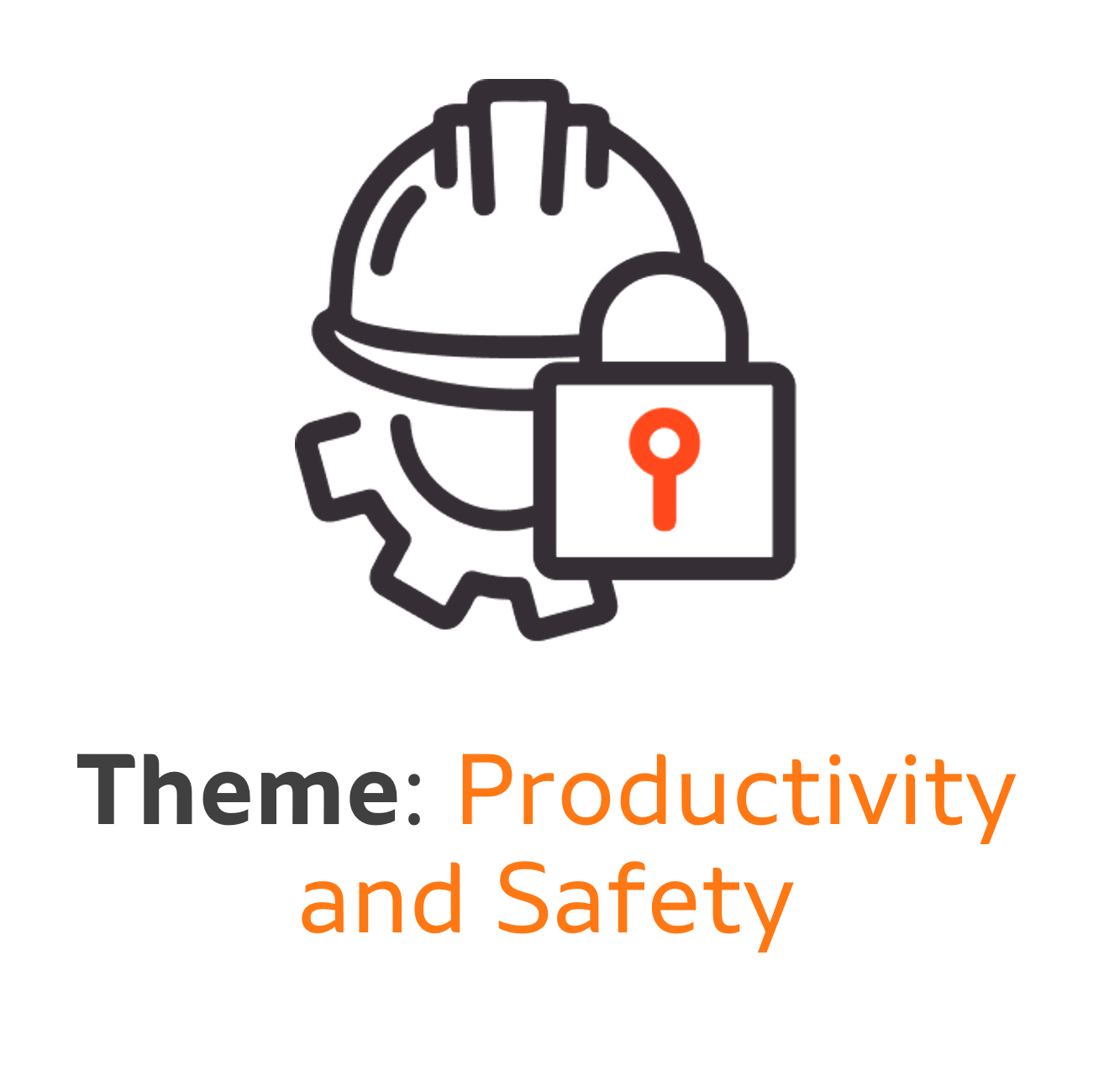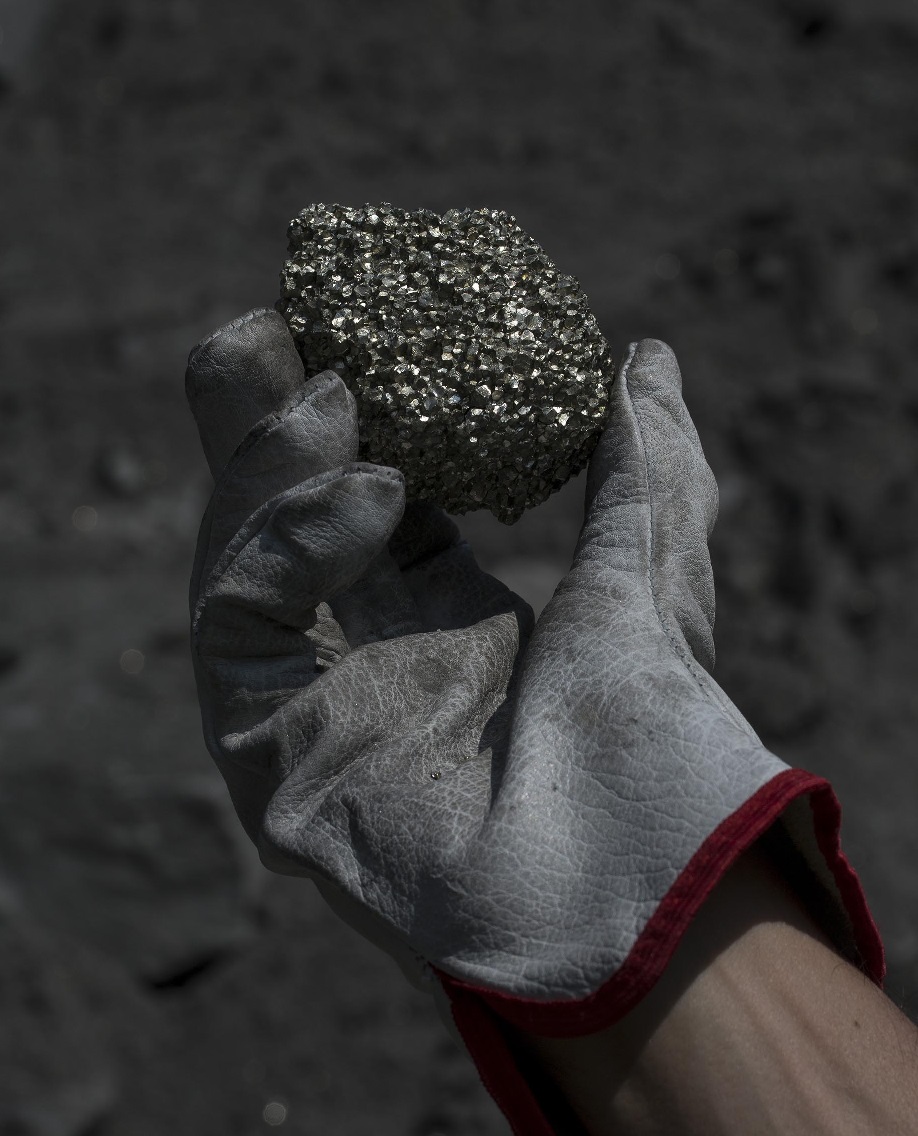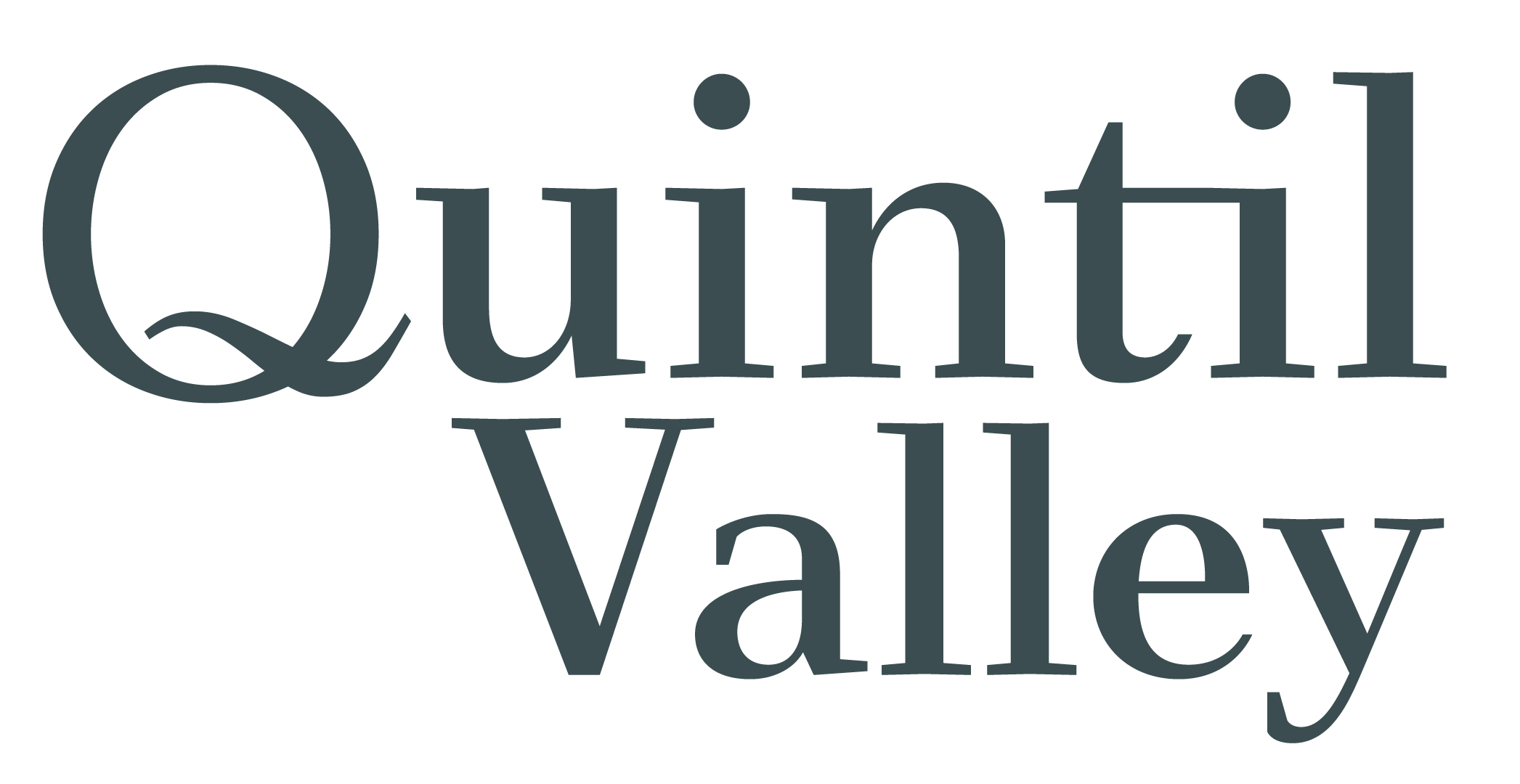The Mining Lab Challenge program was created to support initiatives of entrepreneurs who wish to develop technological innovation projects for the mining and metallurgy industry.
Through the Mining Lab Challenge program, we seek solutions from the global innovation ecosystem for challenges related to strategic themes and that have a medium level of maturity or the ability to be tested and customized to Nexa's needs.
For this reason, this is a long-term program with challenges linked to Nexa's core business, in which initiatives from around the world are identified and connected to test their solutions together with our technicians.
Since its creation in 2016, we have had more than 1100 innovative solutions registered through the eight editions of the program.
Now in its 9th edition, we are looking for innovative solutions to 5 challenges across 3 major themes: Decarbonization, Circular Economy and Productivity & Safety.
Find out more about the current call and submit your solution!
Apply here

